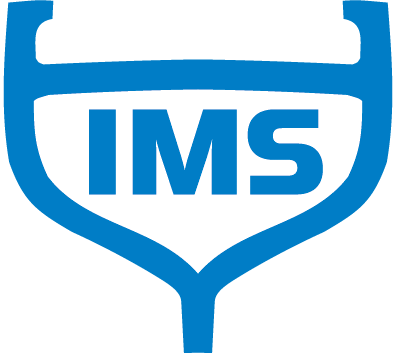Closed-Circuit Condenser Water: Eliminating the Need for Raw Water RSW
In 2019, my father, Hal Cook, made the decision to sell his trusty 1980 Marco after 40 seasons in Bristol Bay and upgrade to a new vessel. After consulting with several builders, he chose North River Boats in Roseburg, OR, utilizing the trusted Dick Smitha design. With a 30-year engineering career at Marco, my father had several ideas for design modifications. Having spent my entire adult life in the commercial fishing industry and built boats at Kvichak/Vigor Industries, I was eager to be involved in the build process.
One of the key decisions we faced was selecting an RSW system. Traditionally, the options available were raw water cooling or transom condenser units. Our previous vessels had deeper drafts and used raw water cooling without issue. However, the new build was a single jet design, chosen for its ability to fish in shallower waters. The main engine was designed to be cooled through four keel cooler extrusions, but if the RSW system relied on raw water cooling, it would introduce new concerns. Conversations with other fishermen revealed common challenges: when fishing in the shallows, they either had to shut off their RSW systems or frequently replace Jabsco impellers due to sand intake.
Exploring alternatives, we considered a transom condenser but ultimately decided to collaborate with IMS on a new approach—one that would ensure consistent heat transfer and optimal pressures under all conditions. Working with Dick Smitha, IMS engineers, and the North River team, we developed a closed-circuit condenser water system utilizing two additional keel coolers. To ensure flexibility, we also incorporated a bypass, allowing for both raw water and closed-circuit cooling.
During sea trials in Coos Bay, we tested both cooling options, and the system performed flawlessly. We opted for a 10-ton hydraulic RSW system with a titanium chiller, achieving chilling temperatures in zone 1 within 20 minutes. Once in Bristol Bay for the 2020 season, the closed circuit was charged with freshwater, and we’ve never needed to operate the system on raw water since. At the end of each season, we winterize the RSW following standard protocol and flush the keel coolers with compressed air to remove residual moisture.
This past season, I served as relief captain for the final weeks of fishing. The ability to operate without concern for water conditions while maintaining constant pressures makes this system a true “set it and forget it” solution. Since implementing this design, numerous fishermen have approached us with questions, and several boats have since adopted the closed-circuit condenser system with great success.
Since joining IMS in September, I’ve had the privilege of discussing this innovation with many fishermen, assisting with new system layouts, and troubleshooting various designs. At IMS, we are committed to building high-quality, American-made systems while continuing to push the boundaries of innovation to meet the evolving needs of our customers.
